Rising Focus on Patient Safety
The increasing emphasis on patient safety is a significant driver for the Vial Adaptors for Reconstitution Drug Market. Healthcare providers are increasingly aware of the risks associated with improper reconstitution of medications, which can lead to adverse patient outcomes. Consequently, there is a growing demand for vial adaptors that minimize these risks. The market is witnessing a shift towards products that offer enhanced safety features, such as automatic reconstitution and contamination prevention. This trend is likely to continue, as regulatory bodies increasingly advocate for safer drug delivery methods, thereby propelling the growth of the vial adaptor market.
Increasing Demand for Biologics
The rising demand for biologics is a pivotal driver for the Vial Adaptors for Reconstitution Drug Market. As biologics often require reconstitution before administration, the need for efficient and safe delivery systems is paramount. According to recent data, the biologics market is projected to reach approximately 500 billion USD by 2026, indicating a robust growth trajectory. This surge necessitates the adoption of vial adaptors that facilitate the reconstitution process, ensuring that healthcare providers can deliver these complex medications effectively. Furthermore, the increasing prevalence of chronic diseases, which often necessitate biologic therapies, further amplifies the demand for vial adaptors, thereby enhancing their market presence.
Expansion of Home Healthcare Services
The expansion of home healthcare services is emerging as a vital driver for the Vial Adaptors for Reconstitution Drug Market. As more patients receive treatments at home, the need for user-friendly and safe reconstitution methods becomes increasingly important. Vial adaptors that simplify the reconstitution process are essential for ensuring that patients can manage their medications effectively in a home setting. The home healthcare market is projected to grow significantly, with estimates suggesting it could reach over 300 billion USD by 2027. This trend indicates a substantial opportunity for vial adaptor manufacturers to cater to the evolving needs of home healthcare providers and patients.
Technological Innovations in Drug Delivery
Technological innovations play a crucial role in shaping the Vial Adaptors for Reconstitution Drug Market. Advancements in materials science and engineering have led to the development of more efficient and user-friendly vial adaptors. These innovations not only improve the reconstitution process but also enhance safety and reduce the risk of contamination. For instance, the introduction of needle-free systems and integrated safety features has been well-received in the market. As the industry evolves, it is anticipated that the market for vial adaptors will expand, driven by the need for more sophisticated drug delivery systems that align with modern healthcare practices.
Regulatory Support for Innovative Solutions
Regulatory support for innovative drug delivery solutions is a key driver for the Vial Adaptors for Reconstitution Drug Market. Regulatory agencies are increasingly recognizing the importance of efficient reconstitution methods in ensuring medication safety and efficacy. This has led to streamlined approval processes for new vial adaptor technologies, encouraging manufacturers to invest in research and development. As a result, the market is expected to see a rise in innovative products that meet regulatory standards while addressing the needs of healthcare providers. This supportive regulatory environment is likely to foster growth and innovation within the vial adaptor market.


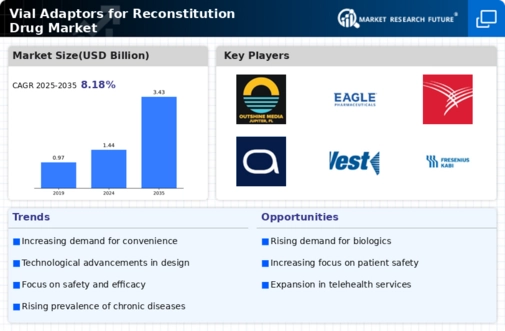
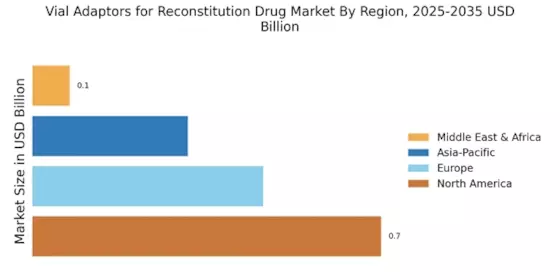
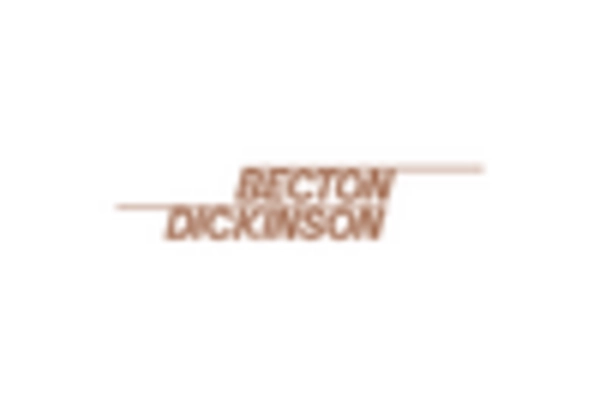


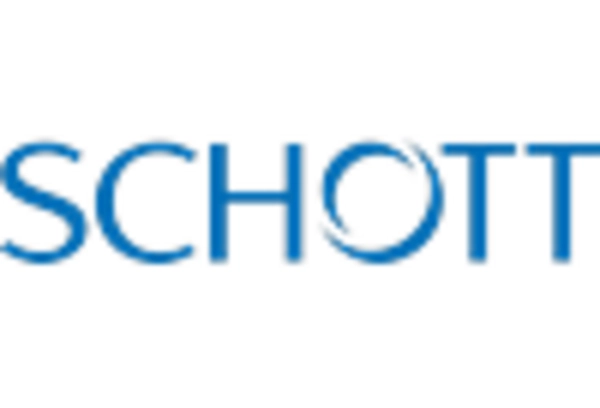

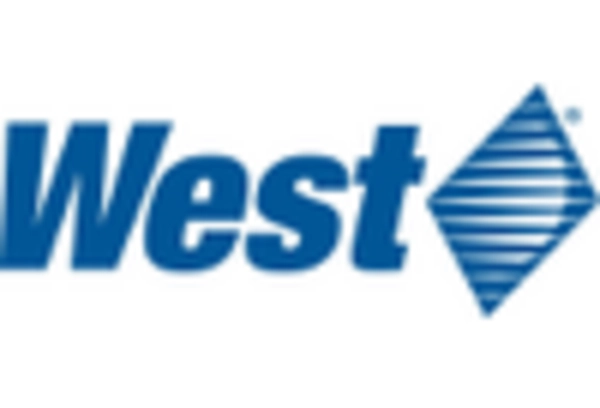








Leave a Comment